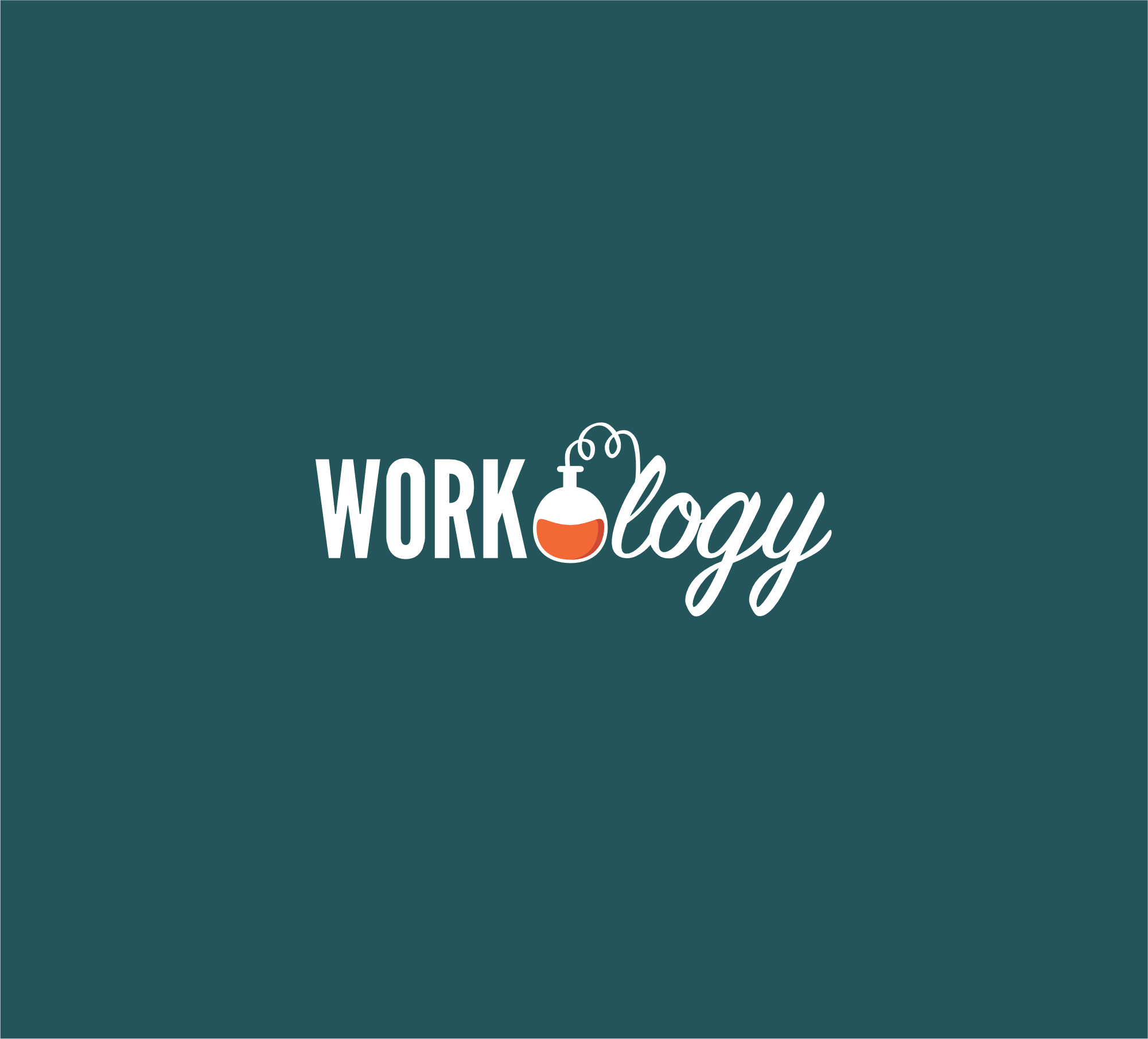Barclays PLC recently installed sensors that tell them when its desks are occupied and when someone has gone for a stroll. The new OccupEye sensors are meant to help Barclays understand how often their employees are taking advantage of flex time by working at home, or how often they’re working out of other offices, says the bank.
The introduction of sensors is ostensibly a cost-saving move. According to Barclays CEO Jes Staley, hot-desking has already saved the company millions. But not only that, it’s made them money too. Last year they started subletting some of their unused office space on Canary Wharf to the British government, a deal which is set to net them about $45 million a year.
Barclays Knows More About You with New Employees Tracking Technology
But does anyone need an elaborate sensor system with live updating dashboard just to help them get a better sense of how many workspaces they need? This seems like something that could be more effectively accomplished by talking to employees directly, and learning about their hopes in addition to their actual current behaviour. While the sensors will give extremely accurate data about what desks are in use on a given day, they don’t produce the kind of data that can help predict what employees would do if Barclays changed flex or remote work policies. They don’t know why those desks are in use if employees want to be there.
This isn’t the first move Barclays has made to get more raw data on employee behaviour. It, along with other investment banks, has moved more and more towards assessing employe performance on metrics. The good side of that is that using metrics helps to eliminate bias in performance evaluations. But metrics are only one part of understanding your team. It’s surprisingly hard to connect simple data like what the OccupEye sensors will provide Barclays, to more complex data about employees really think, feel and need. Relying solely on metrics – or flashy new technology – gives you a warped understanding of your employees needs and behaviours and it keeps you from seeing simple solutions.
In the case of Barclays, there are easier ways to tell how many hot desks you need. You could walk around the office and count people, while checking in with them. You could track logins or phone usage.
Installing a complex network of sensors that could potentially be used to track employees like they’re pets with a tendency to run off is absurd – and frankly, a waste of money.








2 Comments
Interesting piece Megan, I am always keen to read and understand different perspectives on the use of our sensor technology! Can I question some of your interpretations contained within the following text though?
“In the case of Barclays, there are easier ways to tell how many hot desks you need. You could walk around the office and count people, while checking in with them. You could track logins or phone usage.
Installing a complex network of sensors that could potentially be used to track employees like they’re pets with a tendency to run off is absurd – and frankly, a waste of money.”
1. Is it REALLY realistic for organisations like Barclays to effectively monitor tens-of-thousands of workspaces across the estate via manual floor walking? When you say there are ‘easier ways”….make a start on the maths of the average size of a floorplate, number of workspaces, the number of cycles required, the intervals, the distinction between occupied/unoccupied/signs of life. Irrelevant of the fact that I believe in our product, surely you have to credit that industry professionals have considered the relative benefits, accuracy and efficiencies of these methods? It would require an enormous amount of physical resource to undertake an accurate, concurrent study of this type for even a week, let alone as an on-going concern . Setting aside the relative inaccuracy, the cost would very quickly outweigh that invested in permanent deployment of sensor technology on this scale.
2. You suggest tracking “logins” or “phone usage”..yet in the same breath, denounce the tracking of people “like they’re pets”. If we accept, as I am sure you would as an industry professional, that there is little or no tangible link in 2017 between presence at the workspace (office desk) and productivity, then you surely have to ask..for what purpose or benefit, other than those stated honestly by Barclays and other sensor users, would they decide to deploy such technology? An IT login would, as it sounds, require a user to be ‘logged in’, so if a member of staff were on a call, or having a desk meeting, this wouldn’t register their presence, so how would that work? Likewise in meeting and collaborative spaces, you could have 8, 10 people in a huddle with 1 or none logged in, so how would you accurately build a picture in this way? With telephone tracking, what if you were not logged into a telephone, what if you are having a meeting, working with paper, making a call on a mobile or simply collaborating with a colleague next door? Moreover, when we discuss the privacy concerns around any type of monitoring, surely it must be concluded that PIR (heat/motion) sensing is the least intrusive method possible? Desk sensors monitor anonymous presence only.. If we are monitoring network or telephone logins, unless we also monitor activity (i.e. keystrokes/call activity), then how do we actually know if persons are present rather than these items merely representing the modern equivalent of the old coffee mug or coat left draped over the back of the chair!? If an organisation does activate keystroke or call monitoring, would workers not then be justified in questioning whether actually their productivity/activity were being monitored, and feel far more uncomfortable?
I am not denouncing your opinions, because I agree with much of what you say in terms of hard metrics on space usage only providing part – albeit a vital part – of the picture, but I do feel that the paragraph quoted does a disservice to both sensor technology providers (so I speak not only for OccupEye here!) and many of the vastly experienced and highly skilled and qualified professionals choosing to deploy them.
The beauty of the sensor solution is actually that it is not at all complex, but incredibly simple, non-intrusive and reliable. It delivers that piece of the jigsaw that it is required to deliver, no more or less.
I look forward to your future blogs with interest and hope we may make a sensor convert of you in the near future!
BR
This is a topic which is near to my heart…
Best wishes! Exactly where are your contact details though?
Comments are closed.